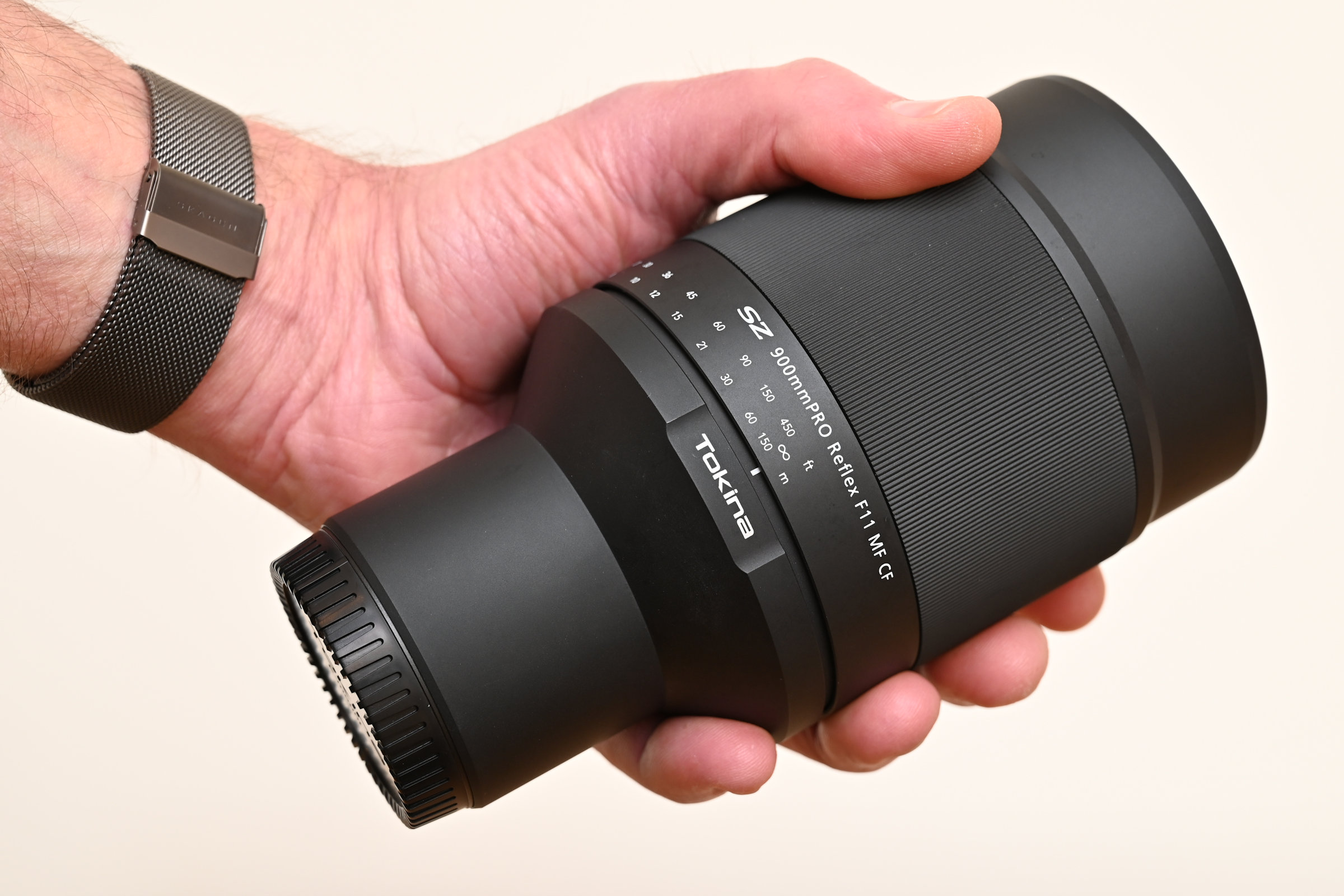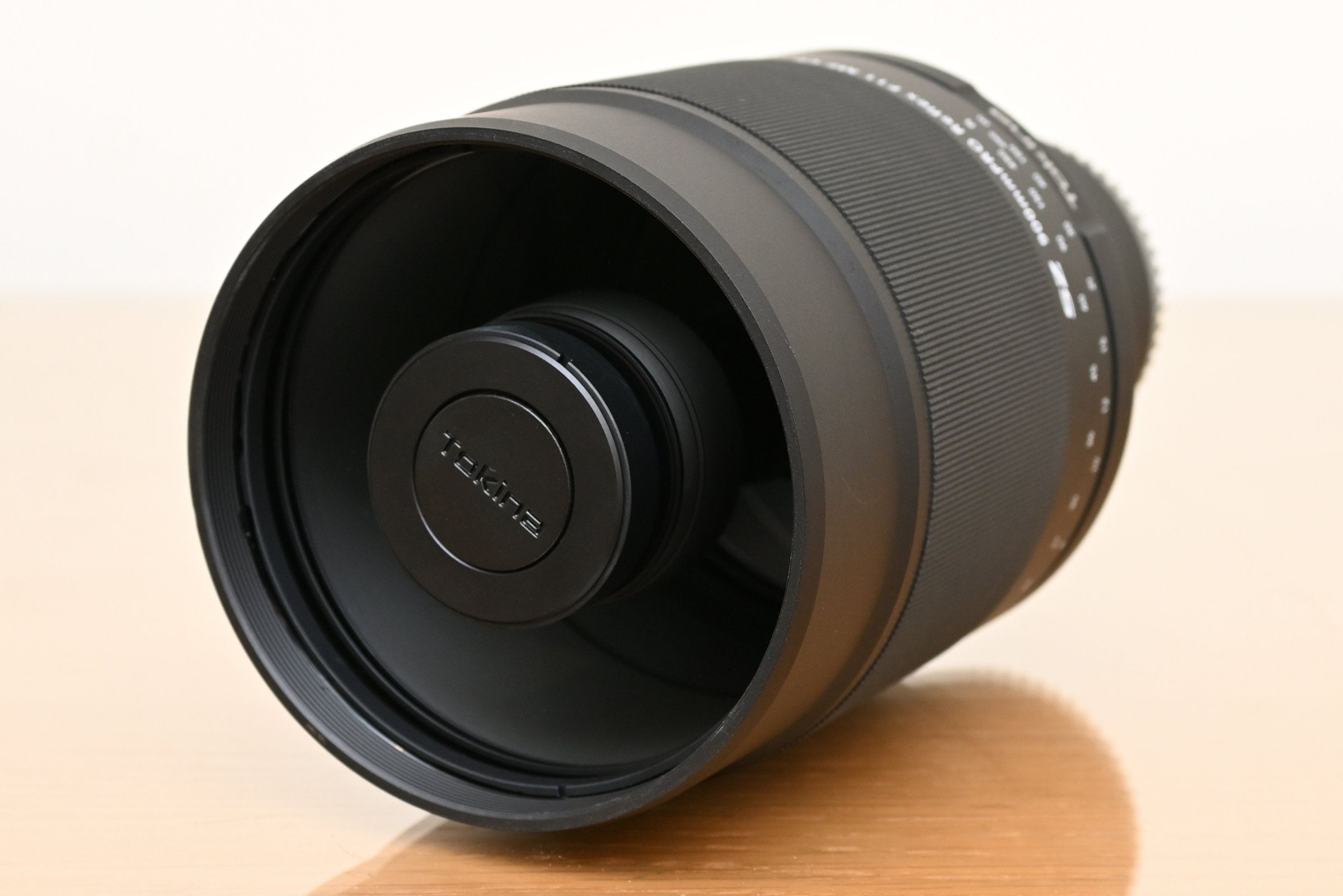Oh dear, it's finally happened: we've given a 1-star product review
1-star reviews from disgruntled buyers may be common, but it takes a lot for a product to totally fail our objective testing

Writing professional product reviews rarely throws up any surprises. Generally if a camera, lens or accessory has made it to mass market and we've got a review sample, it's almost certainly going to be at least fit for purpose. The vast majority of products we review are worthy of a 'good', 'excellent', or 'best in class' verdict, corresponding roughly to a 3, 4 or 5-star rating, respectively. Any glaring faults will have doubtless been addressed in the pre-production stage, leaving us to mark a product down usually because it doesn't quite perform as well as the competition, or trails rivals in terms of features or value. For a product to land on our desk that's fundamentally flawed (so not merely a defective sample) is rare, and for that product to also be from a respected brand makes it a truly newsworthy event.
And yet this is exactly what happened with the Tokina SZ 900mmPRO Reflex F11 MF CF lens, reviewed here, and available for Fujifilm X-mount, Sony E-mount and Canon EOS M cameras. Loaned to us as the longest of three SZ PRO telephoto lenses, we had some expectations of how the lens might perform, but applied no pre-conceived bias. Any potential performance drawbacks could well have been balanced out by the lens's key selling points: its exceptional portability, and low price. This is a 900mm super-telephoto prime lens that costs around $700 and weighs just 725g. That's a heck of sales pitch, and in this context any weaknesses in other areas could well be forgiven. That is, until we found those weaknesses to be so utterly debilitating to the lens's usability and performance that they completely overshadowed any advantages like portability and price.
Firstly, this is a 900mm lens, but one specifically for APS-C cameras, on which it gives an effective focal length of 1,350mm (and an even more bonkers 1,440mm for Canon M system cameras). You don't have to be a seasoned pro photographer to realize with that kind of reach, keeping the lens steady is paramount. However there's no image stabilization here, or even autofocus. But that's not all. To help keep the lens' weight and cost down, the Tokina 900mm has a fixed f/11 aperture, meaning that to maintain shutter speeds fast enough for a sharp shot, you're going to need to crank up your camera's ISO way more than you might want.
But even with your ISO set well into four figures, you'd better offer up some serious gifts to the photography gods to have any hope of capturing a sharp shot. Forget about relying on in-body image stabilization (IBIS), as A: most APS-C Sony, Fujifilm and Canon EOS M cameras don't even have this feature, and B: IBIS is simply not powerful enough to compensate for the huge fluctuations in subject movement generated by even the slightest vibration of a lens with this focal length. To illustrate this, in order to lab test the Tokina 900mm we had to position the lens outside our photo studio unit, as even with around 20 straight meters of indoor floor space to play with, the lens demanded still more distance between it and our image quality test chart. Just as we'd finished shooting our lab test shots it started to lightly spot with rain, yet even these gentle raindrops landing on the lens barrel were enough to shake the Live View image preview surprisingly violently.
Then there's the issue of focusing. We're no strangers to manual focus lenses, and done right they can be almost as easy to use as an AF lens. Unfortunately the Tokina 900mm is the polar opposite. With such a wafer-thin depth of field available at a 1,350mm-equivalent focal length (even with a relatively narrow f/11 aperture) you need ultra-precise manual focus. But even the lightest of nudges to the Tokina's focus ring is enough to sail right through the focal plane in an instant. Combine that with the inevitable shaking of the lens when you so much as breathe on the focus ring - let alone touch it - and achieving accurate focus demands much time and many expletives. All this while we had the lens mounted securely on a stout tripod/head combination, using a remote shutter release and self timer to give the lens every chance.
But say you do invest the huge time and effort required to set up a shot, accurately focus the lens, and you manage to keep everything still while the camera fires its shutter: maybe, just maybe, you'll be rewarded with a decent enough image to justify all the hassle? Sadly not.
The primary reason why the Tokina 900mm is so small and light isn't because it's been denied AF and OIS, but rather because it's a mirror lens. Where a conventional super-tele lens will have a long stack of multiple lens elements which progressively focus incoming light straight to your camera's image sensor; a mirror lens contains a series of angled mirrors to bounce light back and forth within the length of the lens, progressively narrowing the field of view until the magnified portion of the original image reaches your camera's sensor. In this sense, the lens acts much like a compact telescope.
The best camera deals, reviews, product advice, and unmissable photography news, direct to your inbox!
However, bouncing light back and forth within the lens isn't the best way to retain the sharpest possible image quality, and this was borne out in our lab test results. Even after taking dozens of shots to try and overcome the focusing and stabilization woes, the best center-frame sharpness results we could achieve were downright soft. To be fair to Tokina, the 600mm variant of the SZ PRO line-up scored better, so it's not necessarily the mirror lens technology that's entirely to blame for the disappointing sharpness. More likely it's the incredibly tricky focussing and incessant camera shake partly corrupting the result, despite our determined best efforts during testing.
So what are we left with? A lens that for all its compactness and accessible pricing is so utterly impractical to use that we struggle to work out who it's aimed at, or in what scenario it could be possibly be used with any success. As a professional reviewer, when you can't recommend a product you're reviewing to a single person, a 1-star rating is the only conclusion.
Read more:
The best tripods
The best gimbal heads for tripods
The best lenses for bird photography
The best telephoto lenses
Ben is the Imaging Labs manager, responsible for all the testing on Digital Camera World and across the entire photography portfolio at Future. Whether he's in the lab testing the sharpness of new lenses, the resolution of the latest image sensors, the zoom range of monster bridge cameras or even the latest camera phones, Ben is our go-to guy for technical insight. He's also the team's man-at-arms when it comes to camera bags, filters, memory cards, and all manner of camera accessories – his lab is a bit like the Batcave of photography! With years of experience trialling and testing kit, he's a human encyclopedia of benchmarks when it comes to recommending the best buys.







